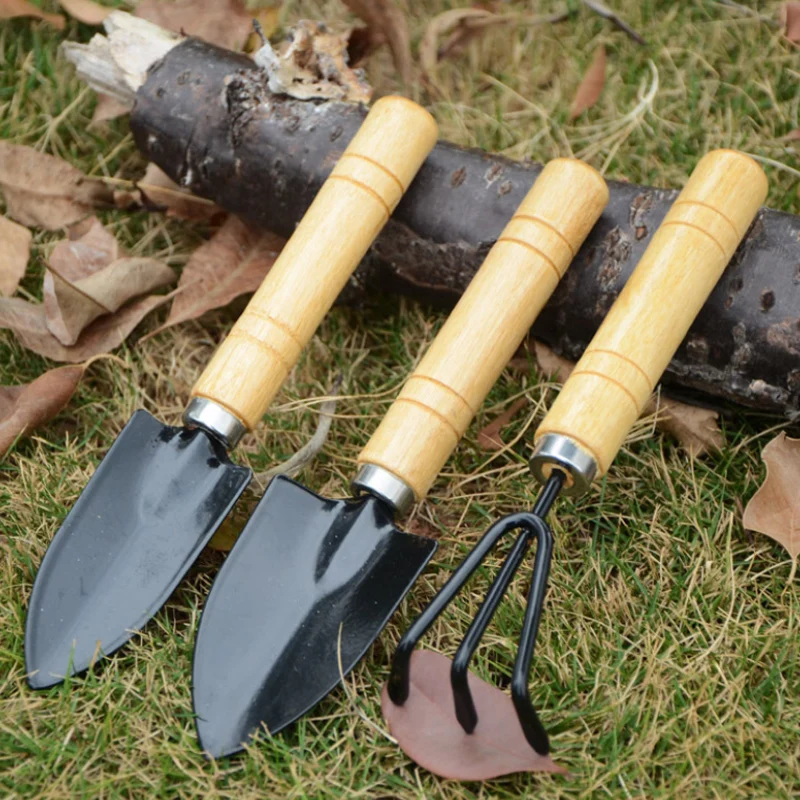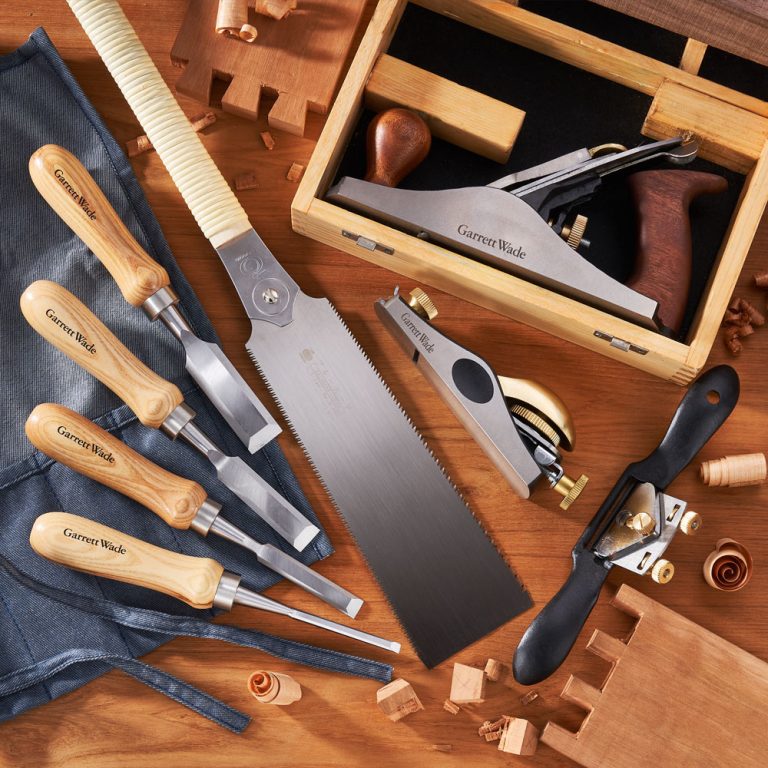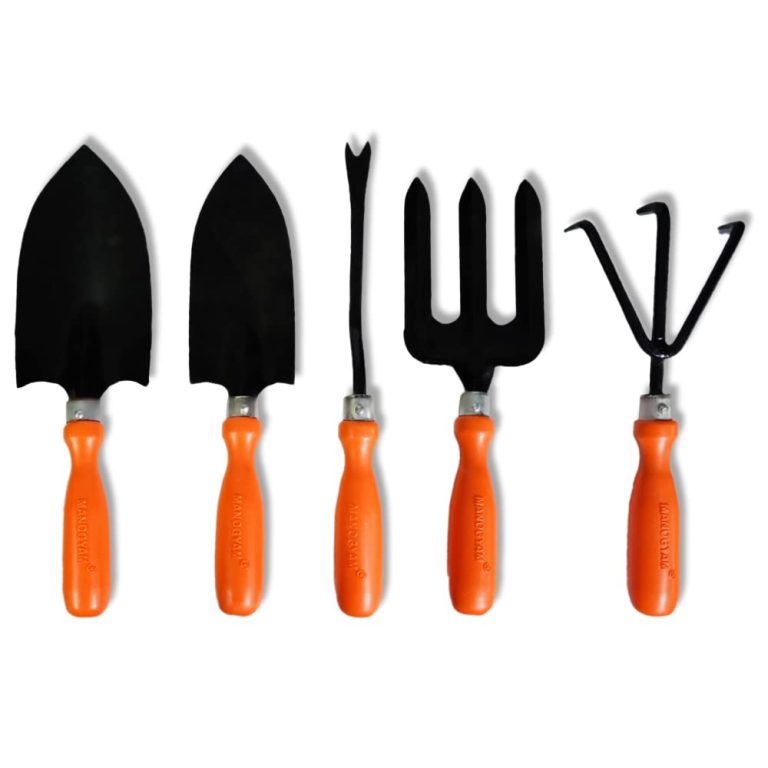The Fundamentals of Garden Tools
Gardening, a rewarding and therapeutic hobby, requires the right set of tools to make the experience enjoyable and productive. Garden tools come in various shapes and sizes, each designed for specific tasks that contribute to the overall health and beauty of your garden. From digging and planting to pruning and harvesting, these tools form the backbone of any gardener’s arsenal. Understanding the different types of garden tools and their uses can significantly enhance your gardening efficiency and effectiveness. This guide will explore the essential garden tools every enthusiast should consider, their functions, and how to choose the right ones for your specific gardening needs. Whether you’re a novice starting your first garden or a seasoned pro looking to update your toolkit, this comprehensive overview will help you make informed decisions about your gardening equipment.
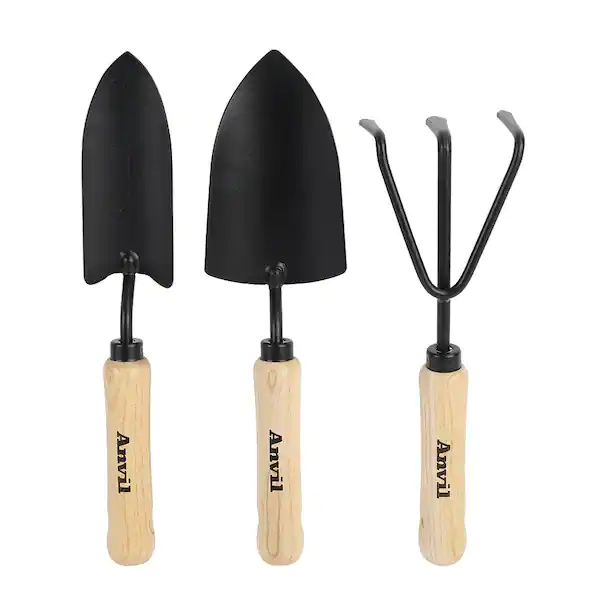
Digging Tools: The Foundation of Gardening
Digging tools form the foundation of any gardening toolkit, enabling gardeners to prepare soil, plant, and maintain their gardens effectively. The most common digging tools include spades, shovels, and forks. Spades, with their flat, rectangular blades, excel at edging, lifting sod, and moving soil. Shovels, characterized by their curved blades, are ideal for digging holes, moving loose materials, and scooping.
Garden forks, featuring sturdy tines, prove invaluable for turning soil, aerating compost, and harvesting root vegetables. When selecting digging tools, consider factors such as handle length, blade material, and overall weight to ensure comfort and efficiency during use. Ergonomic designs with padded handles can reduce strain during extended gardening sessions. Investing in high-quality digging tools made from durable materials like stainless steel or carbon steel will ensure longevity and reliable performance in various soil conditions.
Cutting and Pruning Tools: Shaping Your Garden
Cutting and pruning tools play a crucial role in maintaining the health and appearance of plants. These tools include pruning shears, loppers, hedge shears, and pruning saws. Pruning shears, also known as secateurs, are perfect for trimming small branches and deadheading flowers. Loppers, with their longer handles and larger blades, tackle thicker branches up to about two inches in diameter. Hedge shears, featuring long, straight blades, excel at shaping hedges and bushes.
For larger branches or intricate cuts, pruning saws offer precision and power. When choosing cutting tools, consider factors such as blade quality, cutting capacity, and ergonomic design. Look for tools with sharp, high-quality blades made from materials like high-carbon steel for clean cuts that promote plant health. Bypass pruners work well for live wood, while anvil pruners are better suited for dead wood. Regular maintenance, including cleaning and sharpening, will keep these tools in top condition for years of use.

Rakes and Cultivators: Soil Preparation and Maintenance
Rakes and cultivators are essential for soil preparation, maintenance, and cleanup tasks in the garden. Leaf rakes, with their wide, fan-shaped heads, efficiently gather leaves and light debris. Garden rakes, featuring sturdy metal tines, help level soil, spread mulch, and remove rocks. Hand cultivators, also known as hand forks or claws, are ideal for loosening soil, weeding, and aerating small areas. Larger cultivators or tillers can be used for more extensive soil preparation tasks.
When selecting rakes and cultivators, consider the size of your garden and the specific tasks you’ll be performing. Adjustable rakes offer versatility for different garden areas. Look for tools with sturdy construction and comfortable handles to reduce fatigue during use. For hand cultivators, ergonomic designs with cushioned grips can make repetitive tasks more comfortable. These tools play a vital role in creating and maintaining a healthy soil environment for your plants to thrive.
Watering Tools: Nurturing Your Garden’s Growth
Proper watering is crucial for plant health, and the right tools can make this task more efficient and effective. Watering tools range from simple watering cans to complex irrigation systems. Watering cans, available in various sizes and materials, offer precise control for container plants and small garden areas. Hoses, the backbone of garden watering, come in different lengths and materials. Consider kink-resistant or expandable hoses for ease of use.
Sprinklers provide broad coverage for lawns and large garden areas, while soaker hoses offer targeted watering for rows of plants or garden beds. For more precise control, drip irrigation systems deliver water directly to plant roots, minimizing waste and promoting healthy growth. When choosing watering tools, consider factors such as garden size, plant types, and water pressure. Opt for durable materials that can withstand outdoor conditions and UV exposure. Accessories like spray nozzles, timers, and rain gauges can enhance your watering efficiency and help conserve water.
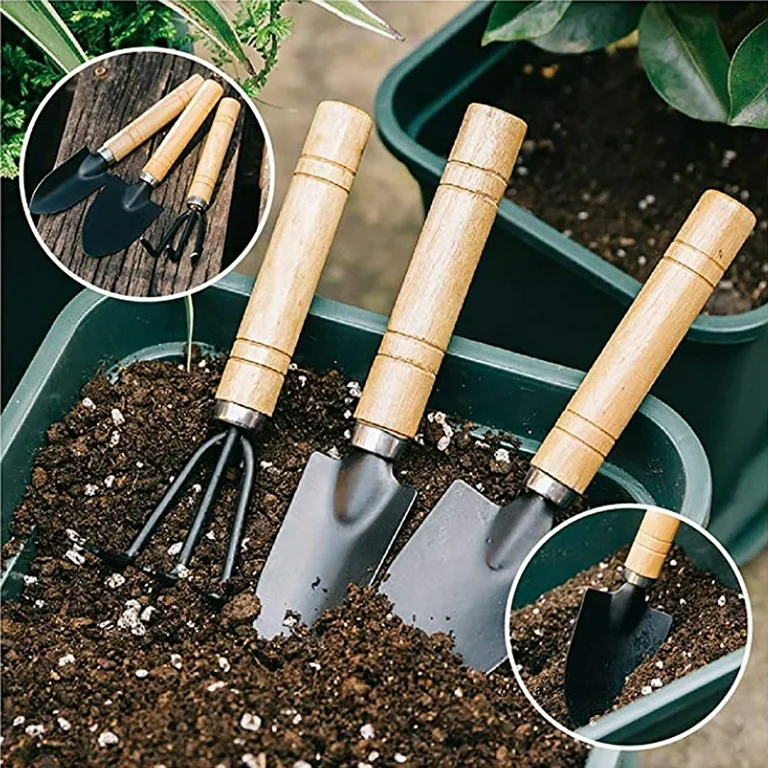
Planting Tools: From Seeds to Saplings
Planting tools are essential for starting and expanding your garden. These tools include trowels, bulb planters, dibbers, and seed spreaders. Trowels, with their pointed, scoop-shaped blades, are versatile tools for digging small holes, transplanting seedlings, and mixing soil. Bulb planters, designed with a cylindrical shape, make quick work of planting bulbs at consistent depths. Dibbers, simple pointed tools, create holes for seeds and small plants efficiently. For larger areas, seed spreaders ensure even distribution of seeds or fertilizers.
When selecting planting tools, look for durable materials like stainless steel or aluminum that resist rust and corrosion. Ergonomic handles with non-slip grips can reduce hand fatigue during repetitive tasks. Consider the size and weight of the tools, especially if you have limited hand strength or mobility. For precision planting, some gardeners prefer tools with measurement markings. These specialized planting tools can significantly streamline the process of starting and expanding your garden, ensuring proper placement and spacing for optimal plant growth.
Lawn Care Tools: Maintaining a Lush Landscape
A well-maintained lawn enhances the overall appearance of any garden, and the right tools make lawn care tasks more manageable. Essential lawn care tools include lawnmowers, edgers, grass shears, and aerators. Lawnmowers come in various types, from manual push mowers to powered rotary or cylinder mowers, each suited to different lawn sizes and terrains. Edgers create clean lines between lawns and pathways or garden beds, while grass shears allow for precise trimming in hard-to-reach areas. Aerators improve soil drainage and reduce compaction by creating small holes in the lawn.
When choosing lawn care tools, consider factors such as lawn size, terrain, and personal physical capabilities. For larger lawns, self-propelled or riding mowers can reduce physical strain. Electric or battery-powered tools offer quieter operation and lower maintenance compared to gas-powered alternatives. Look for adjustable settings on mowers and edgers to accommodate different grass types and desired cutting heights. Regular maintenance of these tools, including blade sharpening and oil changes for powered equipment, ensures optimal performance and longevity.
Composting Tools: Nurturing Soil Health
Composting is an eco-friendly way to recycle organic waste and create nutrient-rich soil for your garden. Essential composting tools include compost bins or tumblers, compost thermometers, and compost aerators or turners. Compost bins provide a contained space for organic matter to decompose, while tumblers allow for easy mixing and aeration. Compost thermometers help monitor the internal temperature of the compost pile, ensuring optimal conditions for decomposition. Aerators or turners facilitate the mixing and aeration of compost, speeding up the decomposition process.
When selecting composting tools, consider factors such as available space, the volume of organic waste produced, and desired composting speed. For small gardens, compact bins or indoor vermicomposting systems might be suitable. Larger gardens may benefit from multi-bin systems or large tumblers. Look for durable materials that can withstand outdoor conditions and resist pests. Some composting systems come with features like rodent-resistant construction or dual chambers for continuous composting. These tools not only help create valuable soil amendments but also contribute to sustainable gardening practices.
Protective Gear: Ensuring Gardener Safety
While not tools in the traditional sense, protective gear is crucial for ensuring safety and comfort while gardening. Essential protective items include gloves, knee pads, safety glasses, and sun protection. Gardening gloves protect hands from cuts, scratches, and soil-borne pathogens. Different types of gloves suit various tasks, from lightweight cotton gloves for general work to puncture-resistant leather gloves for handling thorny plants. Knee pads or kneeling mats provide comfort and protection during ground-level tasks.
Safety glasses shield eyes from debris when using power tools or working with chemicals. Sun protection, including wide-brimmed hats and sunscreen, is essential for prolonged outdoor work. When selecting protective gear, prioritize comfort and proper fit to ensure consistent use. Look for breathable materials in gloves and clothing to prevent overheating. Consider gloves with reinforced fingertips for added durability. For tasks involving chemicals or fertilizers, choose chemical-resistant gloves and protective eyewear. Investing in high-quality protective gear can prevent injuries and make gardening a more enjoyable and safer experience.

Specialized Tools: Addressing Unique Gardening Needs
As gardens grow and evolve, gardeners often encounter tasks that require specialized tools. These may include grafting tools for propagating plants, pH meters for soil testing, garden augers for efficient hole digging, or fruit pickers for harvesting from tall trees. Greenhouses might necessitate ventilation and temperature control tools, while vertical gardens may require specialized planters and irrigation systems. Bonsai enthusiasts need a set of miniature tools for precise pruning and shaping.
When considering specialized tools, assess your specific gardening interests and challenges. Research the tools’ functionality and read reviews from experienced users. Often, these specialized tools can significantly improve efficiency or open up new gardening possibilities. However, it’s important to balance the investment in specialized equipment with its frequency of use. Some specialized tools can be rented or borrowed for occasional tasks. As your gardening skills and interests develop, gradually acquiring specialized tools can enhance your capabilities and allow you to tackle more diverse projects in your garden.
Tool Maintenance and Storage: Prolonging the Life of Your Garden Equipment
Proper maintenance and storage of garden tools are crucial for ensuring their longevity and optimal performance. Regular cleaning after use prevents rust and soil-borne diseases from spreading. Sharpening cutting tools maintains their efficiency and reduces strain on plants. Oiling moving parts and wooden handles prevents drying and cracking. Proper storage protects tools from moisture and accidental damage. Consider investing in a tool shed or storage cabinet to keep your equipment organized and easily accessible.
Wall-mounted racks or pegboards can maximize space and keep tools off the ground. For smaller tools, a tool belt or apron can keep frequently used items within reach while working. When storing power tools, follow manufacturer guidelines for battery removal and storage. Develop a routine for tool maintenance, such as dedicating time at the end of each gardening session or season for cleaning and organizing. By caring for your tools properly, you not only extend their lifespan but also ensure they’re always ready for your next gardening project, making your gardening experience more enjoyable and efficient.
